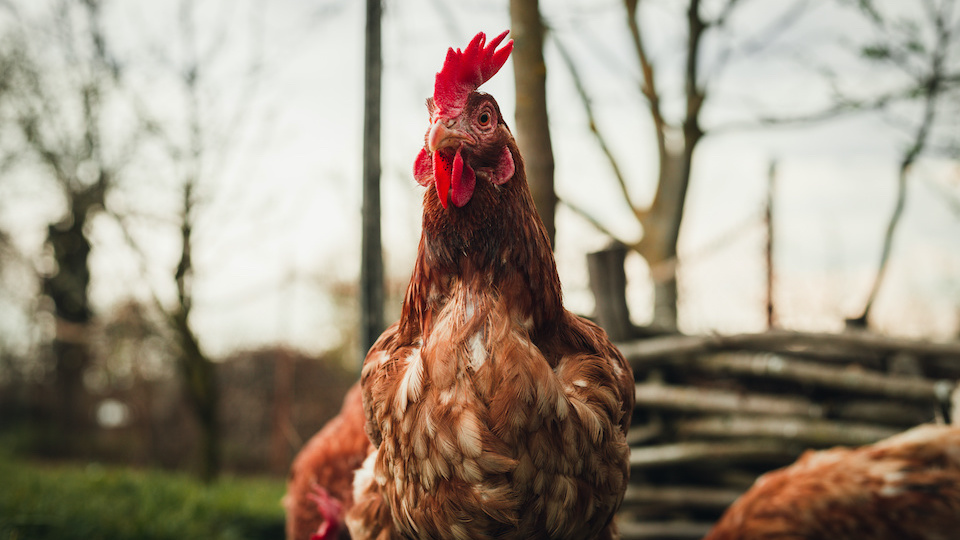Perhaps you are ready to add some chickens to your homestead or even to your backyard garden area. Chickens are a great addition to a country or a city home and can bring much enjoyment along with the added benefit of natural garden pest control and delicious and nutritious eggs. If you have been dreaming of chickens but have some questions when it comes to eggs, let me help you on your way so that you can start enjoying your feathered friends today.
Female chickens (hens) that are healthy can lay eggs without the help of a rooster. If you have thought that you need to have a rooster to have delicious eggs, you can breathe a sigh of relief. Although roosters are beautiful, they can be a bit feisty, and if you are in a city, there are often regulations that state that you can’t have a rooster because of their loud crowing.
Once a hen reaches about six months of age, she is ready to start laying eggs, although this varies by breed. Be patient, if you acquired your hen when she was a tiny chick, know that it takes some time for her to mature to a point where she is ready to lay eggs. Also, know that the first eggs your hen lays will be abnormally shaped and have a soft shell.
If your hen is healthy, you can expect one egg a day, but sometimes they may skip a day. Some hens may never lay due to a genetic defect or also a poor diet. Hens must have enough calcium in their diets to produce the hard shells of eggs.
Understanding how hens produce eggs
A hen’s reproductive system is made up of an ovary and an oviduct. Hens are born with two ovaries, but one shrinks and becomes non-functional. The remaining ovary is where egg development takes place. An egg takes about 24 to 28 hours to develop.
The yolk of an egg is created inside the ovary. When it is ready, it gets sent into the first part of the oviduct where fertilization takes place if the hen has mated. Once the hen mates, the sperm from the rooster travels up to the yolk where it is fertilized. Thirty minutes later, the egg travels again down the oviduct where the egg white starts to form. Three hours later, the egg moves again to another spot where the inner and outer soft shell membranes form. It takes about an hour or two for this to happen. The egg travels after this to the uterus where it stays for 18 to 24 hours while the hard exterior shell develops. Once the shell is ready, the egg is pushed through the vagina.
Fertilized vs. unfertilized eggs
Fresh eggs can be consumed whether they have been fertilized or not. If you have a hen and a rooster but don’t want chicks, be sure to collect eggs daily or at least every other day. If you collect fertilized eggs and they are kept in a cool place, the embryo will not develop. A chick embryo will only develop into a chick if the egg is incubated for 21 days. This can be accomplished by the mother hen sitting on the eggs or the eggs being placed in an incubator for 21 days.
If you are unsure as to whether or not an egg has been fertilized, you can check by using a process known as candling. To do this, hold an egg up against a bright light and look inside. This will allow you to see if there is an embryo or spots of blood.
Adding chickens to your garden
Chickens are a fantastic addition to your garden, even if you are not into eggs. Consider creating a chicken run, or what is often called a chicken moat, around the perimeter of your garden. Chickens will gladly munch on insects and pests that are headed to your garden. Using chickens as a natural first defense pest control is a great way to keep your garden plants safe and happy organically.
-Susan Patterson



